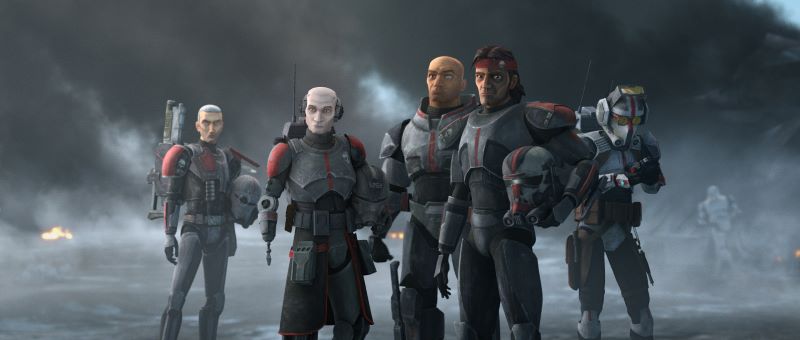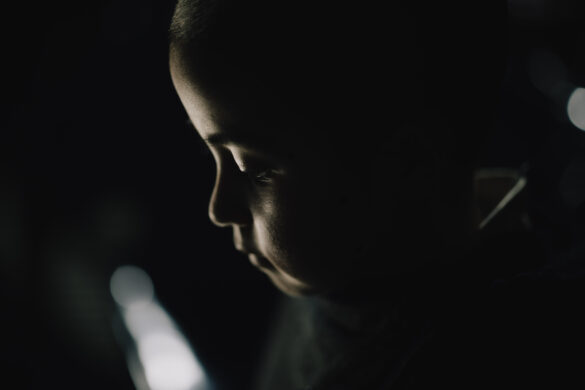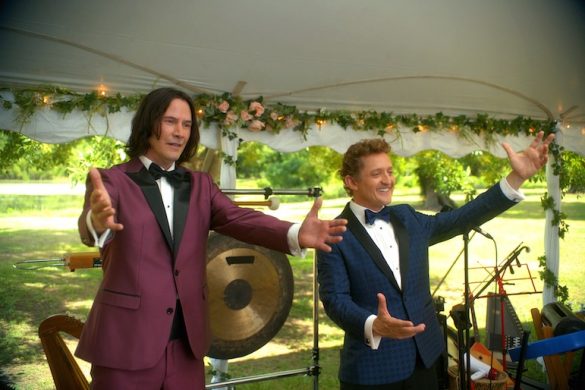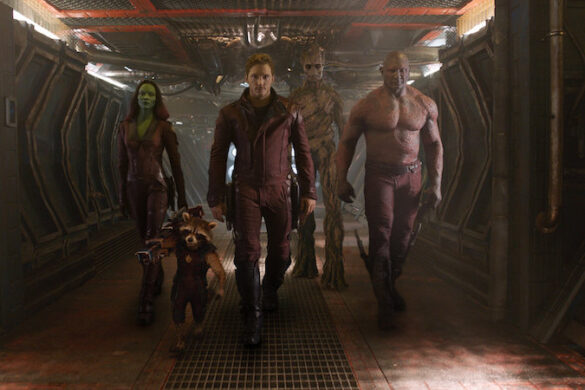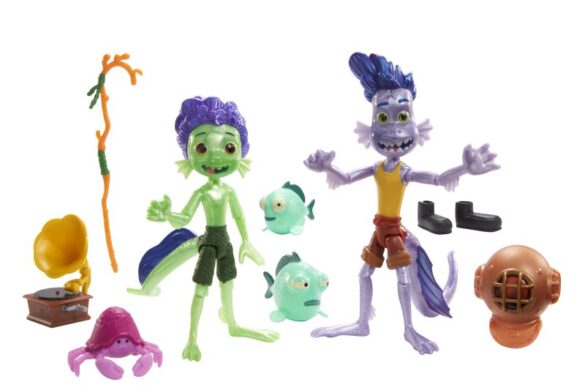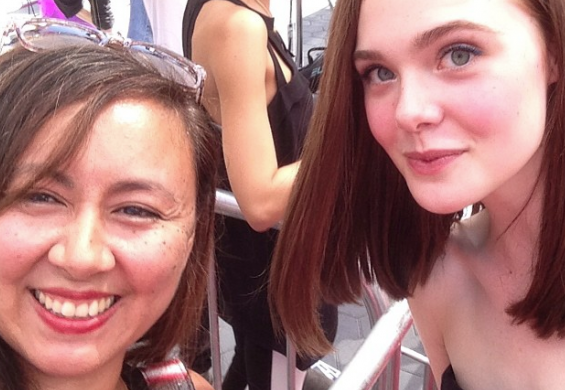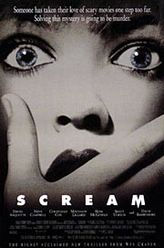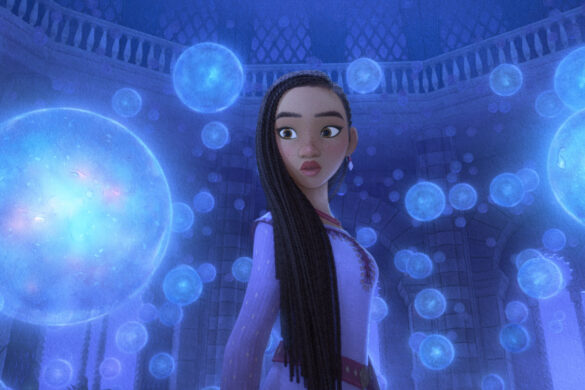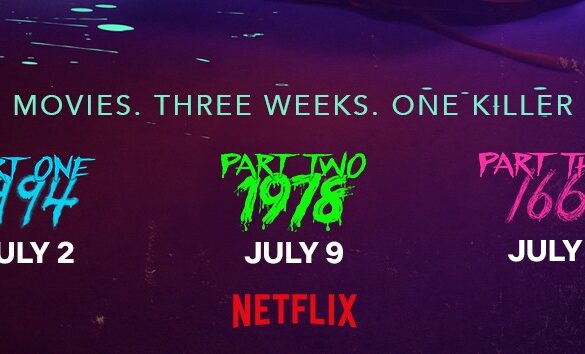Both of Dave Filoni’s Star Wars animated series, “The Clone Wars” and “Rebels,” expanded the mythology in ways that none of the films ever could. Much of these shows are centered around the ongoing battle between the Jedi and the Sith and the political strife between various regimes. And out of these shows, new characters rise up to become fan favorites. So the same can be said for “The Bad Batch,” an animated that takes place just as the Republic tightens its iron grip around the galaxy as they transition to become the new Galactic Republic. At the center of it all are the titular group of clones, also known as “Clone Force 99,” a specialized troop with a high success rate of completing missions thanks to unique abilities that separates themselves from regular clones.
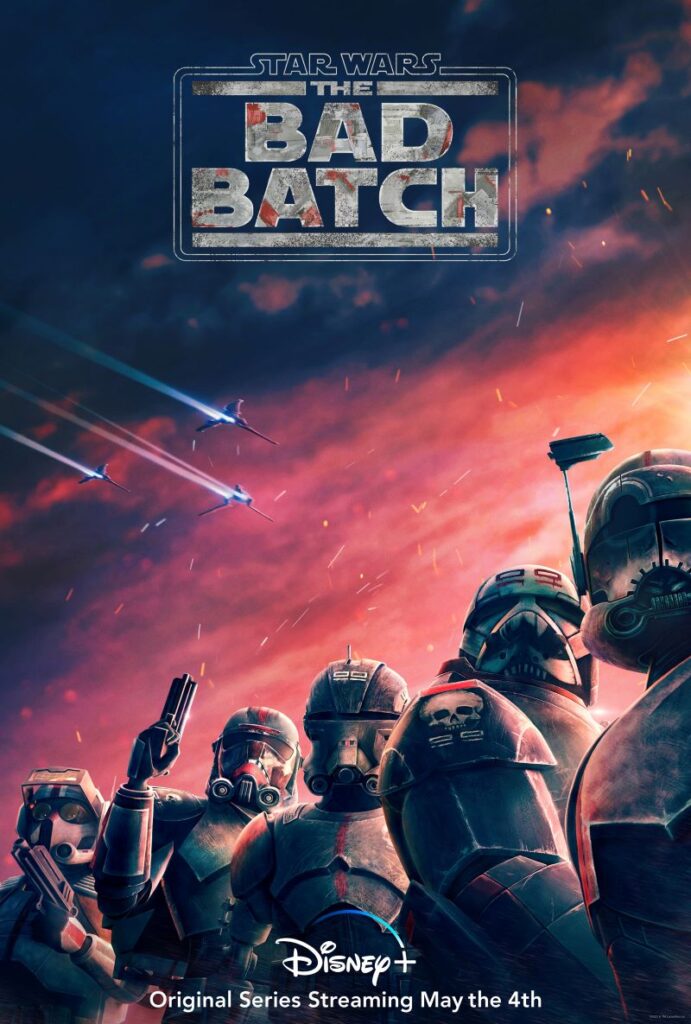
The premiere episode, fittingly titled “Aftermath,” sets the foundation for the upcoming series as it shifts its attention to Clone Force 99, aka The Bad Batch. Set during the political transition from Republic to Galactic Empire, the Bad Batch are in the midst of a slight identity crisis. Unlike regular clones, the members of the Bad Batch are genetically altered, giving them enhanced abilities that make them superior to their standard counterparts.
And just like any team, there are leaders and a supportive crew. Hunter is the team leader, a gruff clone with extrasensory abilities that allows him to know sense the location of droids. Crosshair is the icy cold sniper of the crew, whose precision accuracy enables him to hit his targets from a great distance. Wrecker, the group’s muscles may be a bit of a meathead, but he has a heart of gold. Then there’s Tech, the resident genius who knows his way around technology. Echo, a former clone now turned cyborg outfitted with his own battle armor, is the latest recruit to join the troop. And a young girl named Omega, who is much more than a fangirl but someone who shares a deep connection to the Bad Batch, later joins their crew.
Though they are like Clone Troopers, The Bad Batch’s genetic alterations also make them immune to any programming that forces them to comply with specific protocols like Order 66 – a command identifying all Jedi as traitors to the Galactic Republic and, therefore, subject to summary execution by the Grand Army of the Republic. By revisiting these events and seeing them from a new perspective, the show establishes its place within the Skywalker saga and gives us a glimpse into the humanity of the titular crew.
Hunter’s heightened senses not only make him aware of any droids in a surrounding area, but he is also aware of the swift changes taking place as the regime transitions from Republic to Galactic Empire. As such, the newly formed Empire sends Admiral Tarkin the value of the Clones. Though Kamino and the Republic had a contract to produce Clones for the Republic’s army, Tarkin refuses to honor it as the Republic no longer exists, and the Galactic Empire is now in power.
So to assess the value of these clones, Tarkin issues combat proficiency tests for all able-bodied clones, including The Bad Batch. Though they prove themselves to be very effective, Tarkin commands new battle droids to fire live rounds. Despite this cruelty, the Bad Batch makes it out alive using a strategy during a similar situation where they were pinned down.
For their final test, Tarkin dispatches the Bad Batch to clear out a group of insurgents on a distant planet. Though they go without questioning their superior, Hunter has his doubts about the mission. Everything that has been occurring leads Hunter to believe the Bad Batch and the Clones have outlived their usefulness and that Tarkin will do anything to get rid of them. And Hunter’s worst fears are confirmed as the targets they were ordered to execute turn out to be displaced refugees protected by former republic fighters who refuse to fight for the Empire. With the old ways dying, the Bad Batch must decide if they want to adapt to survive or die in the past.
So much of the previous Star Wars animated shows focused on the battle between the Jedi and the Sith, but “The Bad Batch” changes things up by having it take place from an entirely new perspective. The show allows its audience to see new worlds in a familiar era through the eyes of Hunter, the Bad Batch’s leader and father figure. He has a never leave a man behind mentality and is also very protective of his crew. That idea comes through when Hunter when he takes on dangerous rescue missions. The father figure aspect comes through the way he speaks to Omega. Whether he’s kneeling to match her height or talking to her softly, Hunter displaces a kindness not seen in any of the other clones. And the camaraderie between these clones is also familial as they show signs of solidarity and support with Hunter and his decisions.
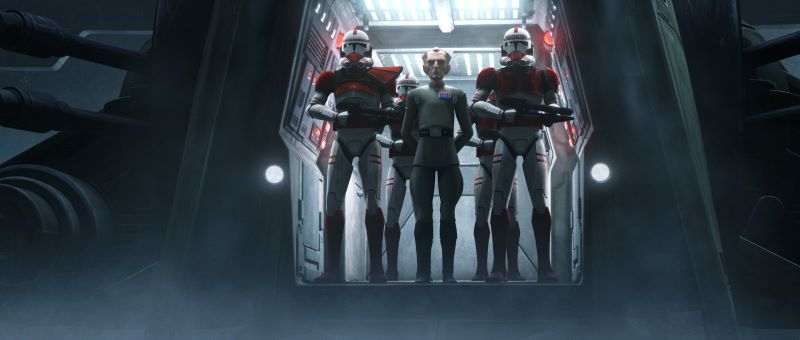
Like any one of the number the Star Wars titles that came before it, it carries on the theme of family through its unique characters. But the Bad Batch are not connected because they are all genetically altered, but because they’ve acted as a unit for so long, they’ve practically become family.
And in an exciting new twist, “The Bad Batch” begins to question the usefulness of these clones. It poses the question of a clone trooper’s value now that the war is over. What exactly happens to a clone when he was bred to be a tool for war. Though the regulars aren’t the least bit concerned with what happens to them, Hunter wants
It remains to be seen if “The Bad Batch” can continue its momentum in the later 15 episodes. While the show does provide us with a new perspective on a key period in the Skywalker Saga, it also runs the risk of unconsciously retconning some Star Wars mythology. If anything, The Bad Batch” represents an exciting new direction for Star Wars, even if we don’t know where it is taking us.
Premiering May 4, 2021 at 12:00am PT on Disney Plus

